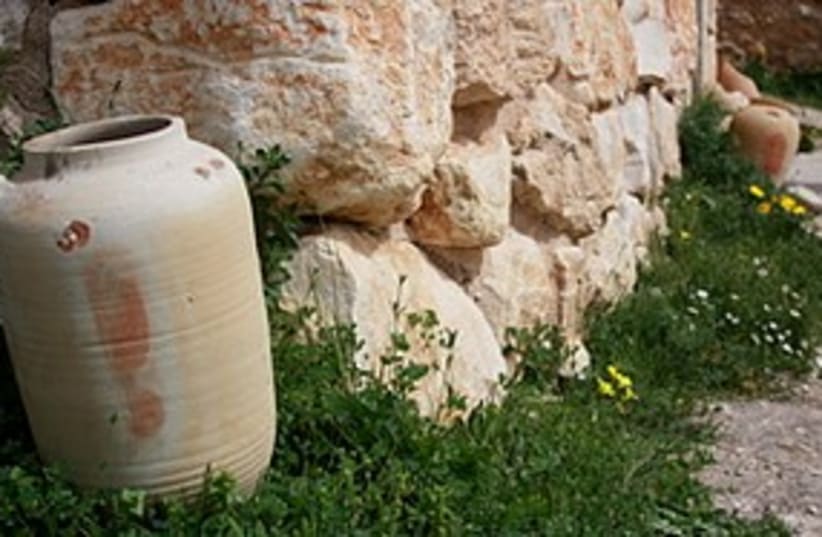What to Do There: An audiovisual display provides a fine introduction to the village. Take lots of pictures! You’ll be surprised how good they turn out. Take the guided tour and imagine yourself in century-one Nazareth.How to Get There: Take Route 60 to Nazareth and turn right on Route 75. Turn left on A-Shuhada road. Park in the large parking lot of the Nazareth YMCA. The Nazareth Village reception is located on the second floor of the YMCA.Wayne Stiles has never recovered from his travels in the Holy Land. Follow him on Twitter (@WayneStiles) or on his blog at www.waynestiles.com.
Sights and Insights: A surprising visit to Nazareth
Dr. Wayne Stiles was skeptical about the Nazareth Village, but it turned out to be a favorite stop for his fellow travelers.

What to Do There: An audiovisual display provides a fine introduction to the village. Take lots of pictures! You’ll be surprised how good they turn out. Take the guided tour and imagine yourself in century-one Nazareth.How to Get There: Take Route 60 to Nazareth and turn right on Route 75. Turn left on A-Shuhada road. Park in the large parking lot of the Nazareth YMCA. The Nazareth Village reception is located on the second floor of the YMCA.Wayne Stiles has never recovered from his travels in the Holy Land. Follow him on Twitter (@WayneStiles) or on his blog at www.waynestiles.com.